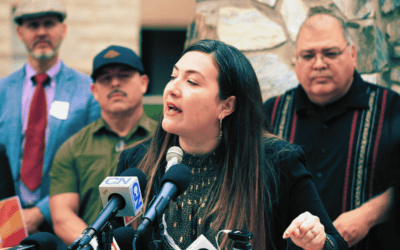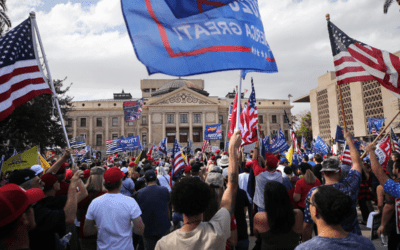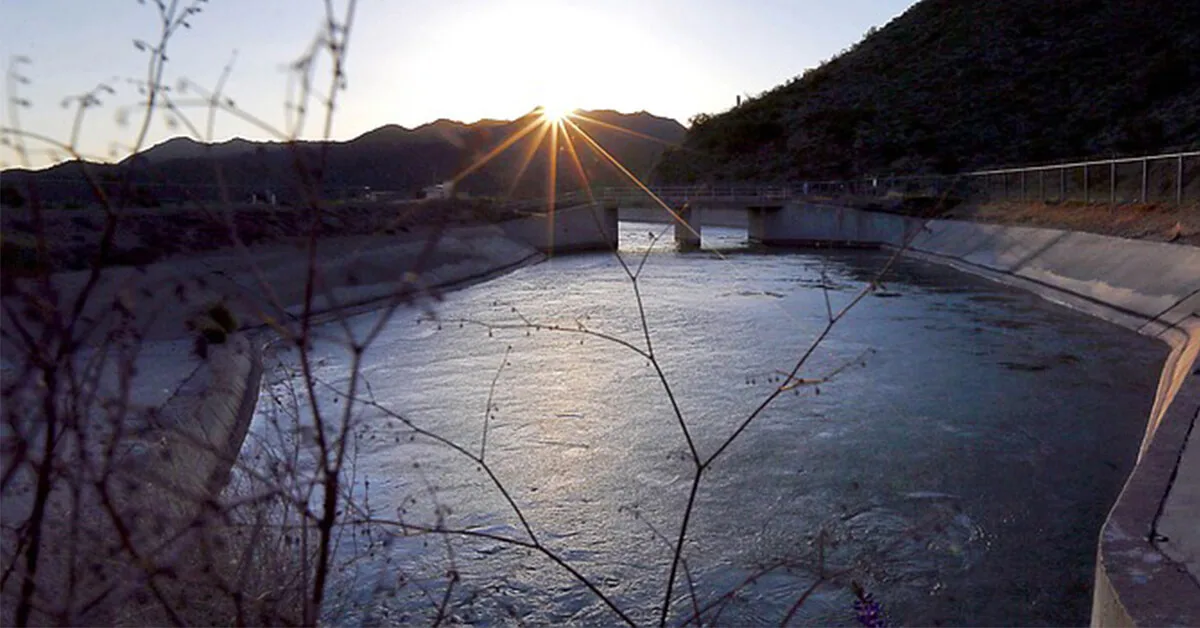
Photo by Matt York, Associated Press
“The river here in our desert has been transformative. We now have a flourishing urban oasis.”
Federal officials on Tuesday named a 58-mile stretch of the Lower Salt and Gila rivers an Urban Waters Federal Partnership location, a designation that could bring millions in funding to efforts to revitalize the stressed Valley waterway.
The announcement, attended by federal, local and tribal officials, caps two years of work on the Rio Reimagined project, which aims to connect residents to the “splendor of the river … through ecosystem restoration, flood mitigation and economic development.”
The Rio Salado becomes the 20th U.S. waterway to win the designation, which will provide access to 15 federal agencies and departments and nearly 30 non-governmental organization partnerships. It is also the first such designation in the last six years.
“This urban waters partnership designation is a unique opportunity to engage with a broad array of federal agencies who collaborate to restore and support river revitalization across the entire United States,” said Neil G. Giuliano, president and CEO of Greater Phoenix Leadership, who moderated the event.
The event brought together Environmental Protection Agency Administrator Andrew Wheeler, with state, tribal, local and Arizona State University officials – both in person and virtually – to mark the designation.
Wheeler said the partnership program “reconnects urban communities with their urban waterways … by bringing federal agencies together to support community-led revitalization efforts to improve our nation’s water systems.”
Previous rivers in the program, which launched in 2011, include the Bronx and Harlem River Watersheds in New York, the Los Angeles River Watershed in California, and the Anacostia Watershed in Maryland and Washington, D.C.
The Rio Salado project runs through metro Phoenix, including six cities and two Native American communities. The urbanized stretches of the river are normally dry, with the exception of Tempe Town Lake – often cited as a success in making the watershed livable again.
Giuliano said the EPA has already contributed approximately a million dollars in technical assistance and fiscal support to projects in various communities along the Rio Salado. Ryan Nichols, senior adviser to the Interior Department, announced that the U.S. Geological Survey will provide almost $200,000 this year to Maricopa County’s flood control district to remove invasive salt cedars in the watershed and revegetate the area with native plants.
The project was backed by the entire Arizona federal congressional delegation, and speakers Tuesday all touted the bipartisan nature of the program and the leadership of the late Sen. John McCain, who championed the project before his death.
His widow, Cindy McCain, spoke of her husband’s passion for the project but said it will require “buy-in from all stakeholders” for generations to come to preserve the river, which, “for centuries … has been the lifeblood of the Valley.”
Buckeye Mayor Jackie Meck lauded the Gila River Indian Community for restoring its portion of the waterway.
“They have brought the river back,” he said, saying that the tribe’s progress should be the model for the entire river, from Tempe Town Lake to his community of Buckeye.
Gila River Indian Community Gov. Stephen Roe Lewis said the tribe has “made great strides” toward healing the river and highlighted a few of the projects the tribe has already completed, including an interpretive trail, an aquifer-recharge program and restoration of riparian areas.
Central Arizona’s rivers “are not only sacred to us, but are important to the non-Indians who live and visit central Arizona,” Lewis said.
“Restoring these rivers, will not only reconnect people to these areas, but help promote important conservation goals and provide economic revitalization opportunities along the Salt River and southern Phoenix,” he said.
When asked when people can expect to see progress as a result of the designation, Giuliano, a former mayor of Tempe, said each jurisdiction will follow its own procedures and priorities for their portion of the project going forward.
“It’s not the federal government overreaching,” said Rep. Paul Gosar, R-Prescott. “It’s a partnership of empowerment” for local people who know what’s best.
Giuliano said there will be an open forum to get input on the future of the Urban Waters Partnership on Oct. 7 and 8. He called the designation the “ribbon” that connects all jurisdictions and partners in their united goal of restoring the river.
“Partnership is the key word,” he said.
“The river here in our desert has been transformative. We now have a flourishing urban oasis,” Giuliano said. “It’s given life to the valley, and now it’s our turn to return life to the river, and the adjacent communities.”
Continue Reading: Here’s What Arizona Would Look Like Under Biden’s Climate Plan

He said what? 10 things to know about RFK Jr.
The Kennedy family has long been considered “Democratic royalty.” But Robert F. Kennedy, Jr.—son of Robert F. Kennedy, who was assassinated while...

Here’s everything you need to know about this month’s Mercury retrograde
Does everything in your life feel a little more chaotic than usual? Or do you feel like misunderstandings are cropping up more frequently than they...
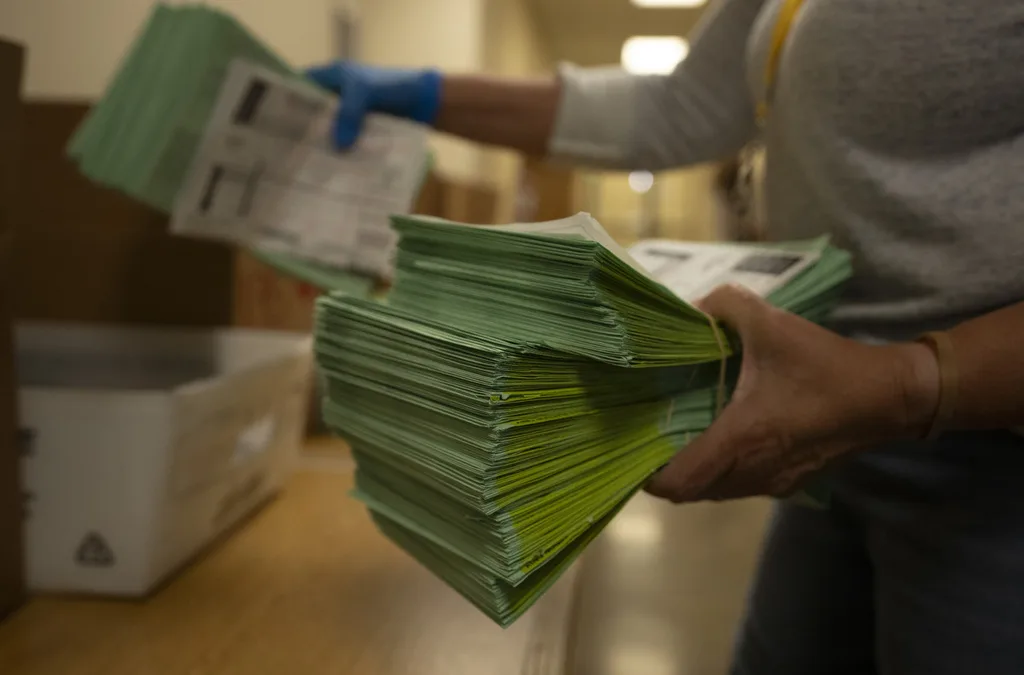
Arizona expects to be back at the center of election attacks. Its officials are going on offense
Republican Richer and Democrat Fontes are taking more aggressive steps than ever to rebuild trust with voters, knock down disinformation, and...
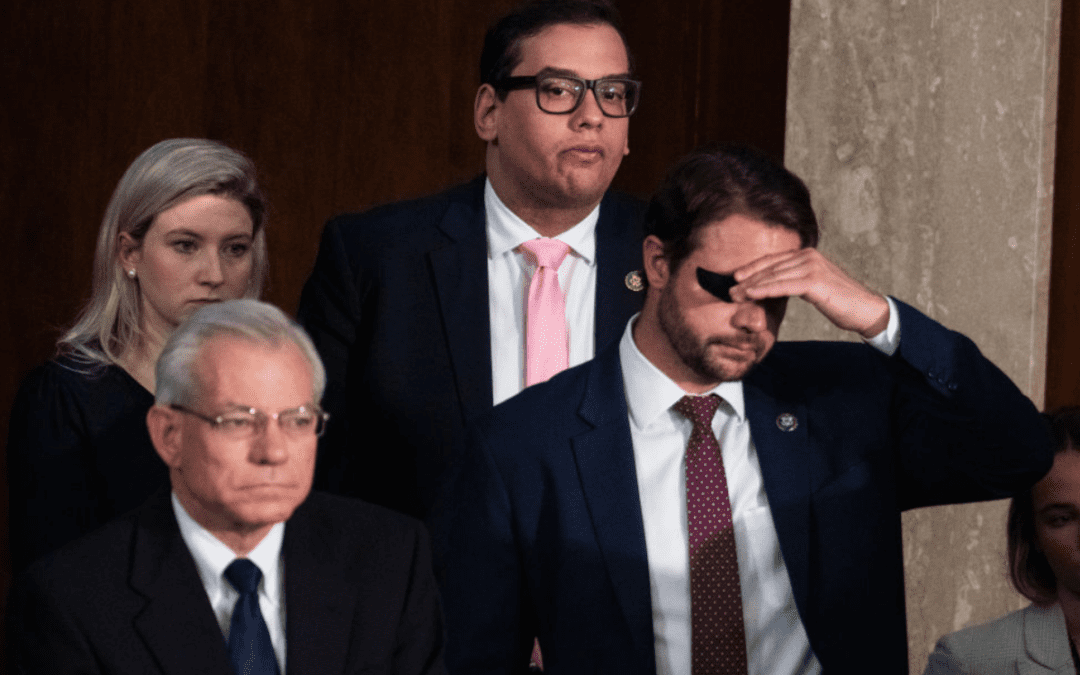
George Santos’ former treasurer running attack ads in Arizona with Dem-sounding PAC name
An unregistered, Republican-run political action committee from Texas with a deceptively Democratic name and ties to disgraced US Rep. George Santos...


